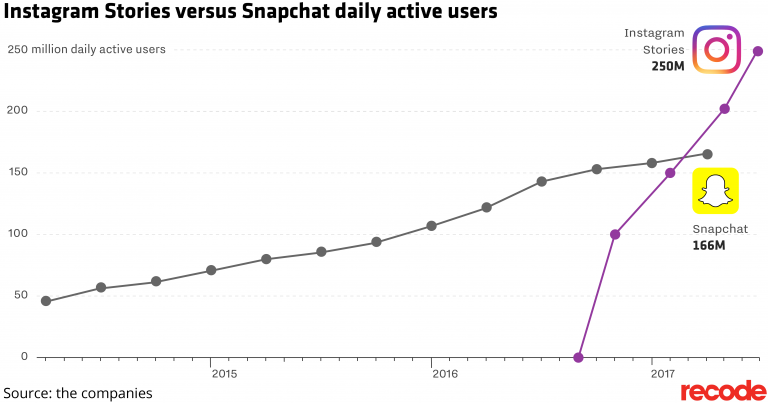Many of us are used to the idea of mimicry as a ways to formulate new ideas. Biomimicry is a popular form of mimicry many seem to know about; as the Biomimicry Institute defines it, “an approach to innovation that seeks sustainable solutions to human challenges by emulating nature’s time-tested patterns and strategies.” However there is another form of mimicry we often see, which is vilified due to outliers to the rule; which is what I like to call Competitive Mimicry.
Competitive Mimicry, as I define it, is an approach to innovation that seeks enhanced solutions by emulating and improving a competitor’s time-tested solutions and strategies. Our markets operate in free and competitive environments (for the most part), thus within this realm demand for a product dictates what consumers buy/use from the assortment of choices.
There are 5 elements that determine the likelihood of success when engaging in a Competitive Mimic (CM) approach to innovation.
- Enhancement – There needs to be an enhancement to the original source that is being mimicked.
- Localization – A direct adaptation will fail if not optimized for the locale, requiring an understanding of the initial users.
- Contextual Awareness & Understanding – Why is it that these features are the ones worth mimicking and why would our existing base or potential users use this as well (or instead) of the existing?
- Specific Mimicry – Be specific in the aspects being mimicked and avoid merely just copying every aspect of it without differentiating.
- Precedent Analysis – Analyze other mimic attempts how and why they succeeded or failed.
Now let’s dig into some cast studies and examples.
Facebook’s Mimicry Saga
A recent successful act of Competitive Mimic was executed by Instagram and their stories in which they analyzed what worked best about a competitor’s product and used those learnings to enhance their own offering. There is more to the execution than just a copycat mentality as it required a certain level of user experience enhancement for it to work; rather than being an add-on, it had to compliment and function in the same manner Instagram users were used to using the other Instagram functions. Consider how Facebook released multiple Snap clones and failed to successfully execute a Competitive Mimic of Snap prior to Instagram Stories:
- Poke FAIL
- Paper FAIL
- Facebook Camera (prior to Instagram Acquistion) FAIL
- Messenger Day FAIL
- Facebook Stories FAIL
- Whatsapp Stories FAIL
- Facebook Live SUCCESS
- Facebook Newsfeed SUCCESS (Transition from Facebook Profile pages to Newsfeed as Twitter previously had)
- Instagram Stories SUCCESS

Facebook isn’t the only innovative company to attempt to mimic a competitor, but it is important to address all 5 CM points to ensure a successful Competitive Mimic; in some scenarios there have been exceptions to the CM rule of success, however those are special market circumstances where there is a complete absence of such innovation, as I will highlight next in ‘Rocket Internet fulfilling a void success story’ further below).
Other notable CM attempts that failed to address the 5 CM points:
–Google’s failed attempt with Google+ to ‘force’ a social network on its existing users.
Rocket Internet & the Startup Cloning (SC) Model
Rocket Internet is infamous for employing what I like to call a Startup Cloning model, copying successful startups in the US and attempting to mass export a clone to Europe, Asia and Africa. Sometimes it has been successful and at times, it has failed badly. The times it has succeeded it was fulfilling a need without any incumbents in the market or was able to snuff them out with big marketing numbers (rather than innovating/enhancing).
Key Takeaways of Competitive Mimicry
There is a distinct difference between the Startup Cloning Model and Competitive Mimicry, although at times the SC player can survive and thrive due to the lack of an original in the market. It’s true that some SC players in the ecosystem can spur innovation down the line but since they were founded on a principle to merely copy rather than innovate through CM there will be a lack of truly breakthrough innovation until some new entrant arrives to disrupt the status quo.
Examples of great Competitive Mimickers from around the world
They weren’t the first to market, but they innovated beyond the existing market players.
- Careem (One upping Uber with multiple local partnerships, addressing local user needs and creating innovative revenue streams)
- Apple & the iPhone, let’s just say that Nokia built an industry, but Apple built an Empire.
- Domino’s wasn’t the first pizza but their unique selling point was their emphasis on delivery.
Competition can serve as a powerful source of inspiration for the innovation practitioner who is willing to push an existing idea to the next level.
